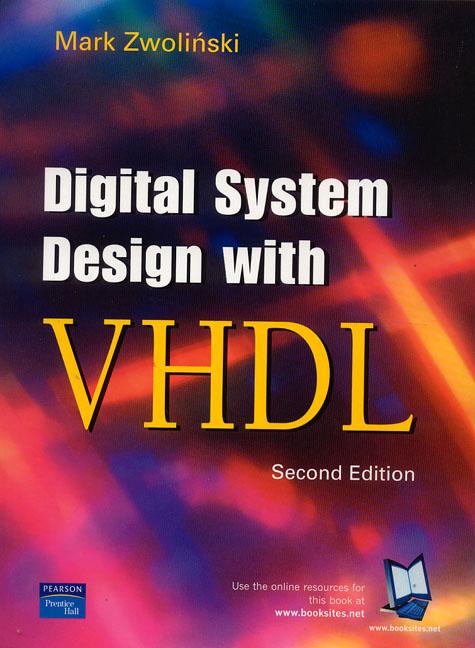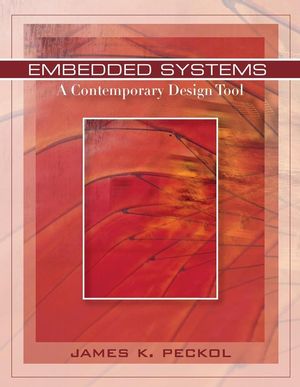
Embedded System Design
Spring 2012
 |
||
| CSEE 4840 Embedded System Design Spring 2012 |
||
Class meets Tuesdays and Thursdays, 2:40 - 3:55 PM in 702 Hamilton Hall.
Mudd 1235 is the lab, which is filled with Linux workstations and FPGA boards. Registered students will receive accounts on these machines and 24-hour badge access to this room.
Do the labs by yourself. Project groups should be three students or more.
| Name | Office hours | Location | |
|---|---|---|---|
| Prof. Stephen A. Edwards | sedwards@cs.columbia.edu | 3-4 Monday, 11-12 Thursday | 462 CSB or 1235 Mudd |
| Shangru Li | sl3370@columbia.edu | 10 AM-12 PM Wednesday | 1235 Mudd |
| Abhinav Tallapally | at2769@columbia.edu | 11 AM-1 PM Monday | 1235 Mudd |
| Chandni Chandran | cc3377@columbia.edu | 9-11 AM Monday | 1235 Mudd |
| David Lariviere | dal2103@columbia.edu | TBD | 1235 Mudd |
Prerequisites: ELEN E3910 or COMS W3843 or the equivalent. Embedded system architecture and programming. I/O, analog and digital interfacing, and peripherals. Weekly laboratory sessions and term project on design of a microprocessor-based embedded system including at least one custom peripheral. Knowledge of C programming and digital logic required. Lab required.
The goal of this class is to introduce you to issues in hardware/software interfacing, practical microprocessor-based system design issues such as bus protocols and device drivers, and practical digital hardware design using modern logic synthesis tools. You will put all of this to use in the lab where you will be given the opportunity to implement, using a combination of C and the VHDL hardware description langauge, a small embedded system.
This is a lab course done in two parts. During the first part of the class, each student will implement the same "canned" designs designed by the instructor and be given substantial guidance. These are meant as an opportunity for you to learn the development tools and basic concepts. In the second part of the class, you will divide up into teams and each will design and implement a comparable project of their own with guidance from the instructor and TAs.
This course is a capstone in which students will integrate their knowledge of digital logic, programming, and system design to produce a real system. It is intended to complement ELEN 4340, Computer Hardware Design. 4840 focuses more on system-design issues and include a large section on hardware/software integration. Students in 4840 will use gates, processors, peripherals, and software as building blocks.
Possible projects include:
CSEE 3827, Fundamentals of Computer Systems or the equivalent. You must understand digital logic design. Prior experience with hardware description languages, FPGAs, or embedded processors is not required.
COMS 3157, Advanced Programming or the equivalent. Specifically, C programming experience. While 4840 will teach you advanced aspects of embedded C programming, you need to come in with significant C experience.
COMS W4823, Advanced Digital Logic Design. While not a formal prerequisite, you are strongly encouraged to take it. In it, you will learn advanced logic design and VHDL coding, both of which are crucial to success in 4840.
Mark Zwolinski. |
 |
James K. Peckol. |
 |
You'll perform a design-it-yourself project in the second half of the class. There are five deliverables for the project:
Project groups should be three students or more.
This is a critical part of the project and will be a substantial fraction of the grade.
Include the following sections:
Include all of this in a single .pdf file (don't print it out) and email it to me on the due date.
Also create a .tar.gz file (see the online documentation for the `tar' program to see how to create such a file. Briefly, create a file called `myfile' with the names of all the files you want to include in the archive and run tar zcf project.tar.gz `cat myfiles` to create the archive.) that just includes the files necessary to build your project, such as I did for the labs. Also email this to me by the due date.
|
BIC:
Bastard Ice Cream Videogame (CC) Haodan Huang, Lei Mao, Yaozhong Song, and Ziheng Zhou |
|
Battleship:
Networked Battleship game (CC) Daniel Aprahamian, Apoorva Gade, Shihab Hamati, and Marc Howard |
|
Campus-Fight:
Fighting video game (AT) Pan Deng, Hongtao Li, Haosen Wang, Lei Wang, and Pengyi Zhang |
|
HAMOD:
Hardware Acceleration of Market Order Decoding (DL) Amandeep Chhabra, Manu Dhundi, Prabhat Godse, and Adil Sadik |
|
HAMOPG:
Hardware Accelerated Market Order Packet Generation (DL) Sushant Bhardwaj, Ankur Gupta, Yasser Mohammed, Dhananjay Palshikar, and Mithila Paryekar |
|
IFV:
Interactive Fractal Viewer (SE) Nathaniel Hwang, Richard Nwaobasi, Luis Pena, and Stephen Pratt |
|
Pong:
Pong Video Game (SL) Zuyang Cao, Bo Li, Cong Liu, and Jihong Zou |
|
Smasher:
Smasher Video Game (SL) Chaoying Kang, Jian Liu, and Tong Zhang |
|
Snappers:
An Educational Shooting Game (SL) Yuhan Dai, Lianyi Ding, Dian Wang, and Chi Zhang |
|
Super-Frogger:
Frogger-like videogame (CC) Shengzhen Li, Chenxi Liu, Ziyao Xu, and Xin Zhang |
|
Synth:
MIDI Synthesizer (SE) Warren Cheng, Robert Hendry, and Ashwin Ramachandran |
|
TAGG:
The Awesome Guitar Game (AT) Laurent Charignon and Avijit Singh |
|
TAGG2:
Guitar Hero Game (SE) and Imre Frotier de la Messeliere |
|
Tetris:
Tetris Game (SE) and Yunfan Dong |
|
Touch-Pong:
Ping pong game with touch screen (SE) Younggyun Cho, Hao Zheng, Ran Zheng, and Xiang Zhou |
|
Watch-Out:
Platform Videogame (AT) Shangru Li and Zachary Salzbank |
![]() My favorites
My favorites
| Grading | 30% Labs |
| 10% Milestone 1 | |
| 15% Milestone 2 | |
| 20% Milestone 3 | |
| 25% Final Report and presentation | |
| Late Policy | Zero credit for anything handed in after it is due without explicit approval of the instructor. |
| Collaboration Policy | Work by yourself on labs. You may consult others, but do not copy files or data. You may collaborate with anybody on the project, but must cite sources if you use code. |